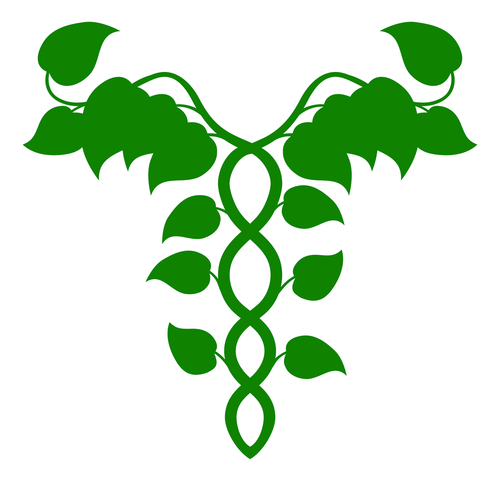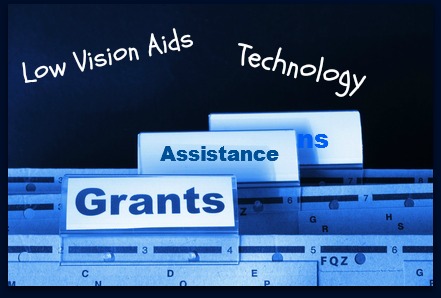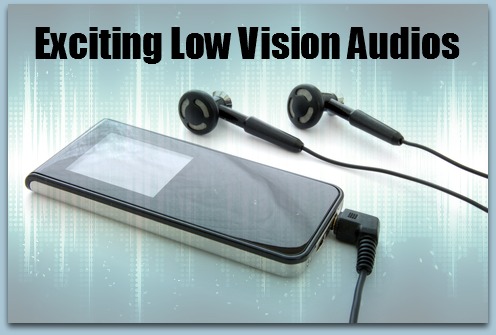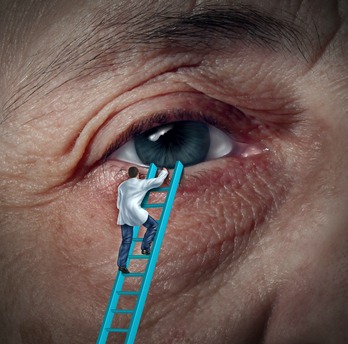Diabetic Retinopathy Treatment

Diabetic retinopathy treatment occurs s when there are changes in the blood vessels inside the eye. As these fragile, new blood vessels become damaged, so does your vision. This can also damage the nerve cells within the eye and one that occurs, vision is permanently damaged. Some people with diabetic retinopathy suffer from blurred vision, while others see spots and some have 100 percent blindness. Blindness, however, is very rare with diabetic retinopathy and often you will have at least some symptoms so that you can seek treatment before something so severe occurs.
But, if you don’t get treatment, you could have permanent blindness.
What Are the Symptoms of Diabetic Retinopathy?
Some symptoms do not show up until the later stages of retinopathy, while other patients have reported symptoms in the earlier stages. Any time you have a symptom that indicates vision loss you should seek medical treatment right away. The common symptoms of diabetic retinopathy include, but are not limited to:
- Blurred vision
- Sudden loss of vision in one eye
- Rings around lights
- Dark spots
- Flashing spots
Some people are more at risk for developing retinopathy, especially those who have uncontrolled diabetes, frequently high blood sugar, or high blood cholesterol.
Diabetic Retinopathy Treatment Options
There are treatments for diabetic retinopathy, but these treatments depend on the severity of your diagnosis. Some common treatments include:
- Anti-VEGF Therapy – This injects a medication into the eye to remove any growth factor causing the disease.
- Steroid Injections – This usually helps with diabetic eye disease and macular degeneration, but this is usually combined with laser treatments for more effectiveness.
- Laser Surgery – This reduces the amount of fluid building up in the eye and seals off any leaking blood vessels. There is a small chance of scaring, bu
Coping with Low Vision Because of Diabetic Retinopathy
Even if treatment is successful, you may permanently suffer from low vision because of your condition. But, there is hope for those who have low vision. Technology today is available to accommodate vision loss. From larger printed labels magnifiers and smartphone apps that help you function.
if you have diabetic retinopathy or low vision because of diabetic eye disease, discuss your options with your physician. You may quality for an assistive technology grant or your insurance may cover assistive technology to make life easier.
Diabetic Retinopathy can make it difficult to read your favorite books. But with an app like Pastime Audiobook Player you can still catch up on your favorite stories. Helpful apps like this are available through Low Vision Technologies.

This may change if you’ve developed macular edema, which can show up at any time within any of the 4 diabetic retinopathy stages.
Macular edema is the stage where the center of the macula is filled with fluid. This causes a changing of the retina’s position and results in blurry vision.
Since treatment isn’t necessary during the first three stages, it’s important that you work with your endocrinologist in order to control your levels of blood pressure, blood sugar and blood cholesterol.
Treating Macular Edema
Focal laser treatment is used to decrease retinal fluid by creating tiny laser burns around the macula, where the leakage is happening.
Vision has been shown to stabilize through focal laser treatment, where vision loss risk has been shown to decrease by about 50%.
You may need to go in for treatment more than once and of course, if you have macular edema in both eyes, your doctor will usually treat one at a time.
Stage 4: Proliferative Retinopathy Treatment
Scatter laser surgery is used for the more severe proliferative retinopathy stage. This surgery is used to shrink down the abnormal blood vessel growth that has caused your condition.
Several sessions can be required for scatter laser surgery because anywhere from 1000 to 2000 laser burns are necessary on your retina.
These burns are made away from the macula (as opposed to the above mentioned focal laser treatment) so the extra blood vessels can be encouraged to shrink.
This type of surgery is best done before bleeding has leaked from the new blood vessels. If the bleeding has started already or is severe, then you may need a vitrectomy so that the blood can be removed.
Vitrectomy
If the vitreous gel (center of your eye) has been filled with blood, a vitrectomy can be used to help bring your sight back. Anesthesia (either local or general) is used during this procedure, where an incision is created in your eye.
The vitreous gel is then taken out and replaced with salt solution.
While your eye will be sensitive and red, you’re usually able to go straight home once your vitrectomy is completed. An eye patch and medicated eyedrops are use for a week or so after surgery.
Using Technology to Help After Diabetic Retinopathy Treatment
Remember that diabetic retinopathy treatment doesn’t offer a cure. Getting treatment early when you’re in the proliferative retinopathy stage can help lessen any chances of becoming blind, but it’s not a cure.
For this reason, I would encourage you to consider the great ways technology can help your low vision that results from diabetic eye disease.
I’ve personally lived with low vision (resulting from Angioid streaks) for over 25 years and have turned to high tech gear to help me live an independent life.
You have the opportunity to do the same. If you’d like to learn more about these technologies possibilities, I encourage you to fill out the form below and I’ll send exciting information out to you.
Get Exciting Low Vision Technological Secrets Sent To You...
Low Vision > Diabetic Eye Disease > Diabetic Retinopathy Treatment
















